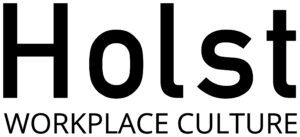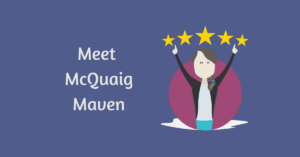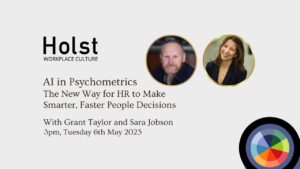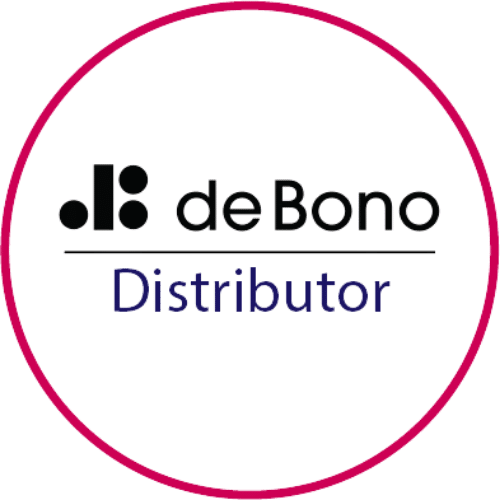It seems common sense to have the right people in the right jobs. Yet too often the opposite is true. And the result is poor team productivity, reduced motivation and limited resilience.

Why do we need strong job fit and how do we achieve it?
Strong job fit simply means that you have the right people in roles that are right for their personality and skill set across your organisation. These people are typically engaged with the values of your organisation, motivated to achieve goals and resilient in the face of challenge. This strong job fit results in greater productivity, agility and employee retention. It helps organisations to plan for the future, look after their talent, keep hiring costs to the minimum and contribute to their Employee Value Proposition.
Organisations can create strong job fit through strategic hiring, based on benchmarking and through subsequent professional development to help your hires be the best versions of themselves in the workplace.
An engaged employee is 45% more productive than a merely satisfied worker. An inspired employee is 55% more productive than an engaged employee, or more than twice as productive as a satisfied worker.
Harvard Business Review, Dec 2020
When recruiters recruit for the specific needs of a role, they are more likely to have long-term success. These needs should be based on the considered judgement of relevant stakeholders in the organisation, not just upon the opinion of one person which can often lead to hiring in one’s own image. This discussion and resulting consensus between stakeholders helps hiring managers and recruiters to make hiring decisions based on an ideal or best case profile rather than through gut feel.
Beyond the hiring process, employers must continue to focus on their people to help them grow and develop in line with the organisation’s values. This helps to maintain and even improve job fit, especially as the needs of the role change over time. We hear too often of managers who flounder when without support, and overcompensate with behaviour that is counter-productive to team cohesion and harmony.
Professional development is not a nice to have. Over the past year we found that there has been increased focus on developing workplace relationships. This helps everyone to perform at their best without succumbing to burnout. The aim here is to create a sustainable human resource plan where the people are in the right jobs and also developing professionally to meet the changing needs of their roles.
Key areas of job fit
Self-awareness, emotional maturity and self-regulation are key to job fit. Without these abilities it is impossible to manage teams with consistency or indeed to be a strong team player. Yet these are areas that are hard to identify in an interview where a candidate is unlikely to behave in an uncontrolled manner. Assessments will help to uncover any skills deficit at the hiring stage, but it is through continuous coaching and training that an individual can work towards self-improvement.
Strong job fit and team collaboration
It makes sense that if the right people are in the right job they will do it well. When people perform well in their roles, mutual respect and trust grows in their teams. This leads to stronger team relationships and more effective collaboration which in turn underpins optimum productivity.
In December 2020, The Harvard Business Review noted at the end of 2020 that the productivity gap between ‘the best and the rest’ widened during the pandemic. The best became 5-8% more productive in the preceding 12 months, specifically in connection with engagement and better use of time. This is however a minority. Most organisations experienced a decline of 3-6%, due to inefficient collaboration wasteful ways of working and an overall decline in employee engagement.
This is exactly why you should focus on your people to create strong job fit across your organisation. Can you afford not to?
Contact us
We’re a team who practice what we preach. 2020 was tough, but we made it through with perseverance, motivation and above all by supporting each other. Contact us to find out how we can help you to do the same.
flowprofiler® and associated marks are registered trademarks of Chalmers International Limited | All rights reserved
eqflow® and associated marks are registered trademarks of Chalmers International Limited | All rights reserved
resilienceflow® and associated marks are registered trademarks of Chalmers International Limited | All rights reserved
motivationflow® and associated marks are registered trademarks of Chalmers International Limited | All rights reserved
